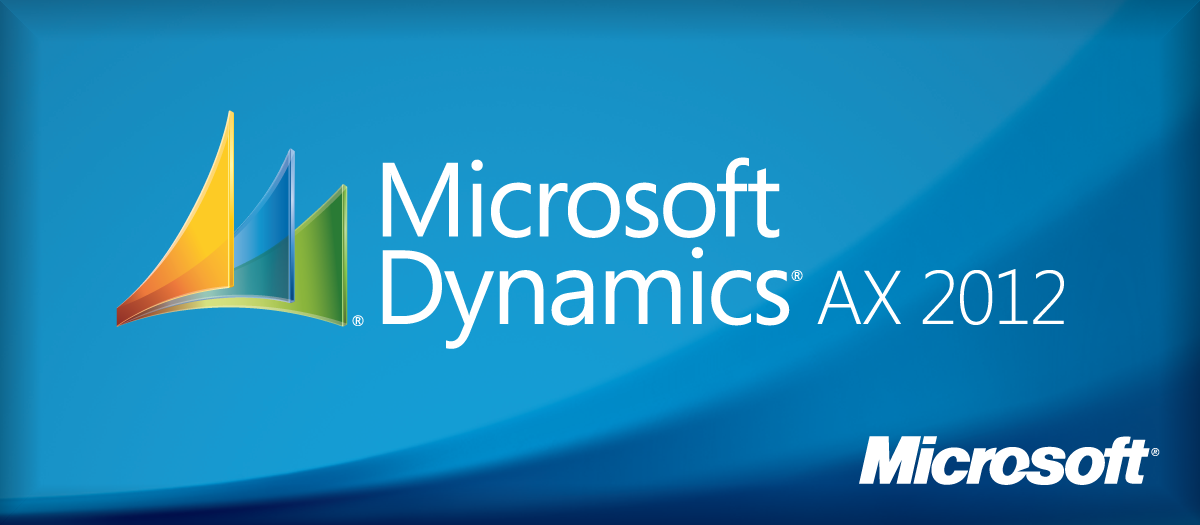Most of the enterprises are already aware of Microsoft Dynamics AX7 being entirely a cloud-based solution from now onwards, and it being renamed to Microsoft Dynamics AX. After going through minor feature changes and various name changes like Microsoft Dynamics AX7, Rainier, AX 2015, Dynamics AX7, the latest release in the series – the ‘Microsoft […]

